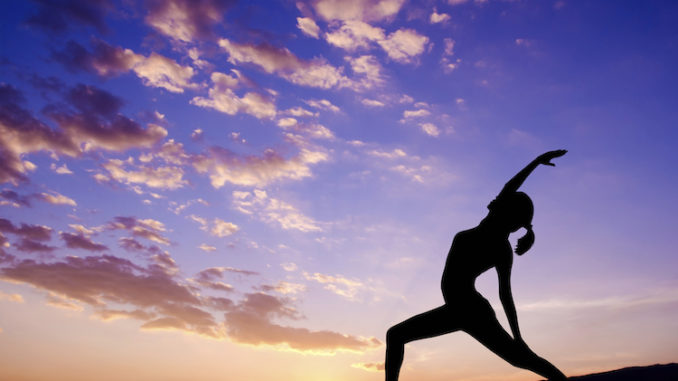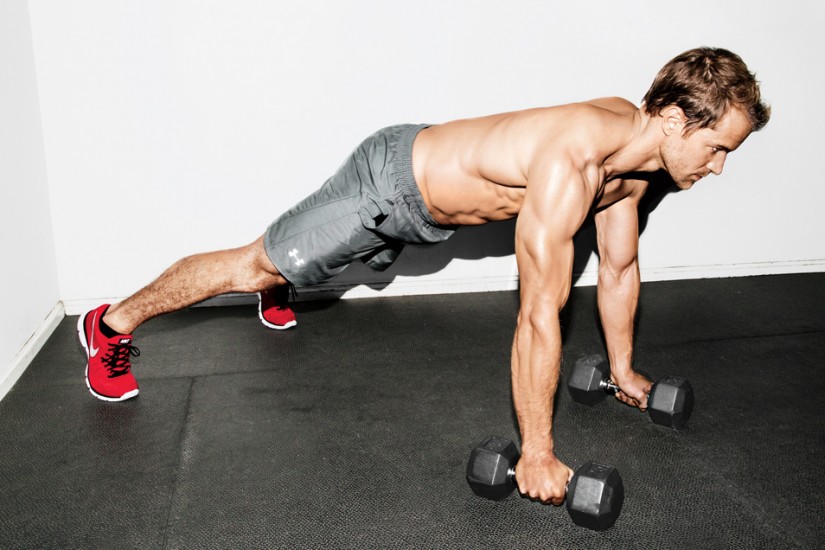When yoga first emerged in the United States, people wondered if it would just be a fad. Now, there is no question that it works and is here to stay. In fact, the curiosity seems to be, which yoga style is best? Many people base their choice of yoga on what seems more like their type of class. Have you stopped to consider, what is truly your type? We make those choices about cars, houses, companions, and then later, we discover new preferences. When choosing yoga, it is true that each style offers something unique and it is rewarding to explore what each has to offer. If your needs match the style you are taking, then you will most likely stick with it. However, if you look to a style of yoga that does not offer what would bring you more balance in your life, then you might conclude that it wasn’t your thing or that the teacher wasn’t good. To know your type, is in itself an exercise in yoga, revealing your True Self.
Your type of yoga is a reflection of your seen or unseen attributes. The best type of yoga brings out the best in you! Often times, we may be unaware of our hidden gifts and yoga practice helps to bring those to light. Let’s say deep down, you love being really physically fit, focused and consciously creating how your life will unfold. Yet, somehow you often find yourself sitting on the sidelines, watching your life go by and wondering when you are going to fully get in the game. If this resonates, a fast-paced, physically engaging and mentally challenging experience could awaken your dormant power! However, maybe you are constantly manifesting and the core of your being craves stillness and feeling the power of your being simply being. Being happens in the space where we hold something, such as a yoga pose for 10-15 breaths, while observing ourselves and our own inner peace emerging.
One main style of yoga that incorporates classes such as Power Yoga, and Vinyasa Yoga is Ashtanga. Another style of yoga which is typically featured in Restorative, Gentle Yoga, Iyengar Yoga, Bikram/heated yoga is based on Hatha Yoga. Essentially, all yoga is Hatha. The term “Ha” refers to the sun and “Tha” refers to the moon and is regarded as the foundation from which all types of yoga have arisen. Some types can be seen as a fusion of styles, such as Anusara. Anusara can incorporate heated yoga, a richness in spiritual chanting of ancient Indian mantras, poses that are Ashtanga style and held for more than five breaths. There are even finer differences that make all of these classes unique. However, generally speaking, there are some other helpful points to note when choosing a class that suits your yoga type.
Besides, noting what energetic space you would like to be in for a class, it is critical to know what your existing lifestyle of health and nutrition looks like. Then ask, does that provide you with what you will need to use in class?
Here are two major points about selecting the best yoga:
In Heated Yoga classes, it is essential to be well hydrated and have a proper intake of electrolytes, especially sodium. In heated yoga, to avoid heat exhaustion, there must be a process of sweat evaporation. The body seeks to maintain its core temperature of 98.6º F. When placed in a heated yoga room, such as 90.0ºF or more, the cardiovascular system works very hard to maintain core temperature through sweating and the evaporation process of it to cool the body. The heart rate increases as well as stroke volume (amount of blood exiting the heart with each beat). The nervous system controls the cardiovascular changes and can reach impairment at temperatures around 103-104º F. Then, it can’t instruct the brain to tell the blood vessels and sweat glands to create more heat loss. In a heated yoga class, notice if the air temperature is greater than the skin temperature. If so, hydration before, during and after class is vital to maintaining a healthy core temperature in the body, prevent dehydration, loss of endurance and heat exhaustion or illness.
In Ashtanga based, fast paced classes, lots of internal body heat will be occurring and producing a natural sweat through breath, movement and intensity of the poses. The body will need to have a good amount of energy to sustain the yoga practice. It is best to have a diet rich in fruits, vegetables, easily digestible foods, and antioxidants to eliminate free radicals from intense exercise. A rule of thumb is to wait a few hours after eating before practicing. Also, drinking water before and after class is recommended.




